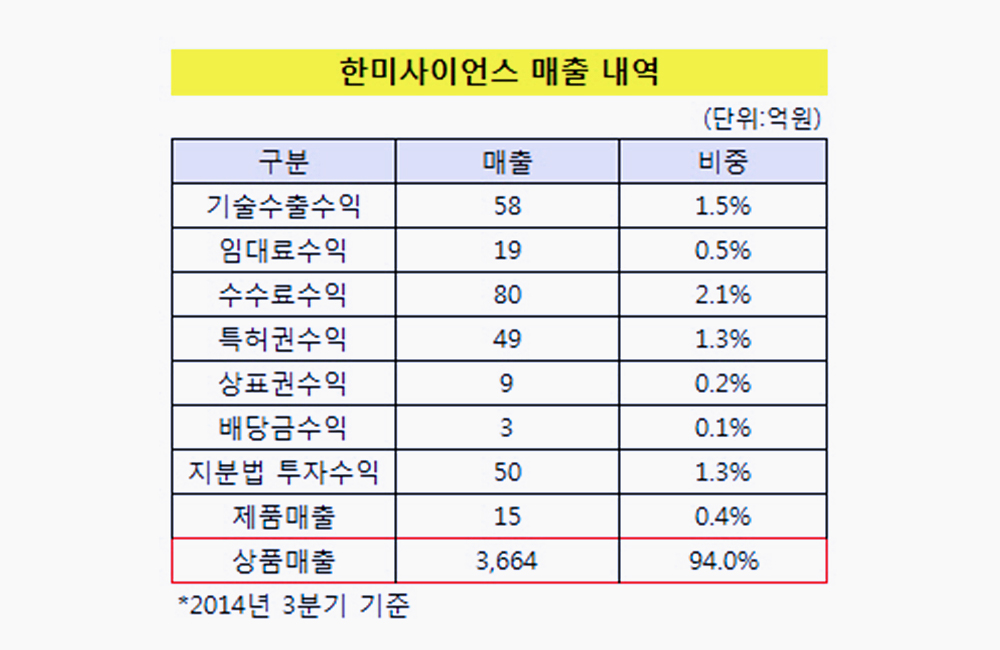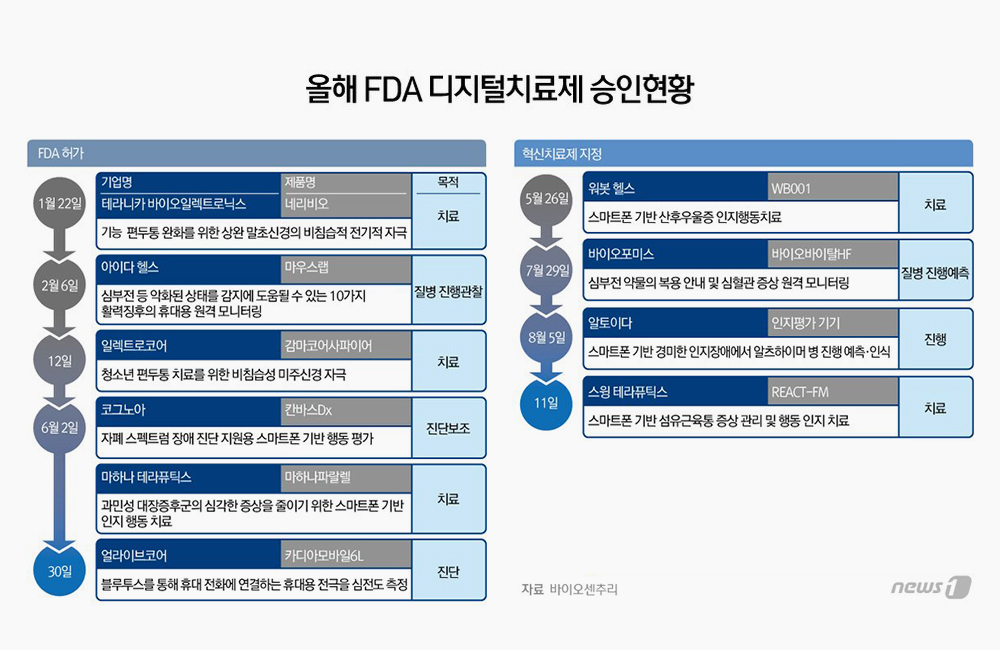Many med students fear artificial intelligence, studies show. One physician AI expert explains how the technology can assist, not replace, doctors working in pathology, diagnostic radiology and anesthesiology.
A new study of more than 500 medical students, published in Academic Radiology, found students think emerging technology like AI will reduce job prospects for pathology, diagnostic radiology and anesthesiology.
Not only is this perception untrue, experts say, but it is likely to be dangerous for the global healthcare industry. There already is a severe shortage of pathologists, leading to delayed results and treatments. In fact, a study in JAMA Open found in the U.S. the number of pathologists decreased by nearly 18% between 2007 and 2017.
This is why we spoke with Dr. Michael Donovan, cofounder and chief medical officer at PreciseDx, a health IT company that seeks to personalize medicine via artificial intelligence. Donovan seeks to demystify AI in healthcare.
Donovan is vice chair and professor of translational research in the department of pathology at the University of Miami. In addition to a previous academic career at Harvard Medical School and Boston Children's Hospital, Donovan has more than 20 years of experience in the biotechnology industry, serving in various senior management roles.
Donovan earned his Bachelor of Science degree in Zoology, a Master of Science degree in Endocrinology, and a PhD in cell and developmental biology from Rutgers University. He received his medical degree from the Rutgers New Jersey Medical School.
Q. A new study of medical students found they think emerging technology like AI will reduce job prospects for pathology, diagnostic radiology and anesthesiology. You say this perception is untrue. Why?
A. Emerging technologies such as AI actually present opportunities for both new and established physicians, especially in the service-driven specialties such as pathology, radiology and even anesthesiology, as they will be at the forefront of advanced medicine.
Today, the reflex response most physicians have when they hear words like 'efficiency' or 'decision support tools' and 'machine learning' is that a software package is going to replace what they have been trained to provide. It's not that much different than robotics on an assembly line or the use of supply chain administrative tools that track and catalog the necessary components to build a smartphone.
So, the perception is very true; however, the reality is quite different. The introduction of AI and machine learning in radiology is probably the best example of the immediate benefits, not only for the radiologist, but also the patient.
Oftentimes what is forgotten is availability of a tool that can help focus the attention of radiologists to a specific anatomic site or lesion in an image, providing a measure of accuracy that the human is not able to provide reliably and consistently, without fatigue and error.
The immediate and long-term benefits include advancing a diagnosis to drive management decisions, while also improving the diagnostic skills of the radiologist. This scenario also is true for pathology, where digitization is beginning to slowly take hold of the entire field, and, although behind radiology, has proven advantageous on many fronts.
Machine learning image analysis devices that can highlight "hot spots" in images of tissues or cytology specimens for further evaluation, while also mitigating some of the risk of missing a significant process are critical when case load and volume of slides becomes insurmountable. In both settings, physicians become better diagnosticians while staying current and ahead in a field that is rapidly changing.
The role of AI and machine learning in anesthesiology is comparable, but, with different streams of data, where the radiologist and pathologist use patient-provided parameters to understand an underlying disease, their primary focus is the image in front of them.
For the anesthesiologist, there is a more concerted assimilation of clinical and laboratory values for a defined and immediate clinical need of appropriate pain management and an uneventful surgery without complications either during or after the procedure.
The novel development of improved medications, combined with the patient's comorbidities and current physiologic state, while avoiding contraindications, requires real-time advanced data analytics, which is beyond the scope of most practitioners. Machine learning and AI in this setting is directed at ensuring patient management, and mitigating risk, while in parallel advancing the skills and knowledge of the anesthesiologist.
A key point is that, through these advantages and efficiencies of care provided by AI to the physician, the ultimate arbiter, from a diagnostic, ethical and medical legal perspective, is the physician. For example, AI alone can't make the final diagnosis on a radiographic scan or provide a definitive diagnosis on a patient's image of their needle-biopsy specimen.
Nor does the tool deliver the medications to the patient. The message to medical students contemplating any of these service provider professions is the following – only the physician can make these final decisions so your "role" will not be replaced, but rather improved and supported with less risk while advancing your knowledge and improving your skills over time.
Q. As a digital pathology expert, why do you believe AI is a major opportunity moving forward?
A. Digital pathology has demonstrated significant advantages for creating clinical digital archives, providing a mechanism to facilitate the sign-out of cases, while also creating an accessible record of any given case, even if the slides and or blocks are missing. The challenge, however, is how to improve upon the initial evaluation, focusing on what is critical in any given image and promoting diagnostic accuracy, while advancing the phenotypic characterization of the disease process.
Machine learning and AI are poised to assist the pathologist in their diagnostic evaluation process through digital annotation of specific regions. It also can – for some disease states such as breast and prostate cancer – phenotype and even grade cancers based on well-established histologic constructs, but in a standardized and quantitative manner.
The goal of AI in digital pathology is to first assist in the diagnostic process by advancing the "art" of pattern recognition, and introducing concepts of standardization and quantitation into the tissue – cytologic assessment process.
Q. How can health IT leaders at provider organizations help convince caregivers to embrace AI, not fear it?
A. Health IT leaders at various provider organizations would benefit from taking time deconstructing the AI and machine learning process for the end users.
First, they must define AI and machine learning. The next step would be to outline the benefits of deploying AI and machine learning in their organizations and clinical practice, including data handling, analytics, accessibility and navigating electronic health record systems, with very practical examples of day-to-day implementation.
In addition, health IT leaders must spend time reaffirming that the end goal is not to reduce headcount, but rather promote a more productive and healthier environment for all employees. There also needs to be an ongoing educational and reinforcement component that highlights stress reduction at the physician level, patient satisfaction, cost-effective care and positive health economics.
Q. Please offer some real-world examples of how AI helps caregivers do their jobs without "replacing" them.
A. In the radiology setting, there are numerous examples where AI is playing a very active role in determining a response to therapy. Recent advances – particularly in determining a response to immunotherapy – have highlighted the importance of the type of therapy and its nuanced response.
This includes not only a change in size, but of overall appearance or spatial heterogeneity of the tumor in the CT image. Once again, the radiologist is front and center in leveraging the AI- and machine learning-provided data to report on the degree of response more accurately with a particular therapeutic agent, while advancing their own knowledge to meet the demands of a field that is in flux.
The other practical real-world evidence example is in the pathology assessment of breast tumor grading where features could be used to define a grade and differentiation score for the cancer.
Currently, these assignments are based on subjectively assessed criteria that are prone to discordance, both within and between pathologists. Machine learning image analysis tools have deconstructed the components of the grade and made them objective, standardized and quantitative.
Thereby, taking the "guesswork" and subjectivity out of providing a grade while generating a level of diagnostic accuracy that in the near future will potentially be incorporated into the management of patients with invasive breast cancer.









